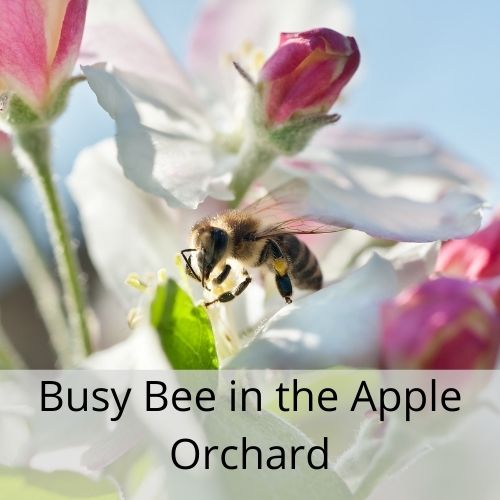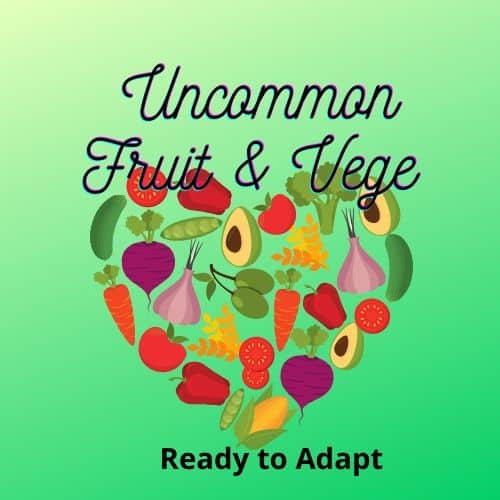
I remember the day we first looked at our property with a view to purchase. I recall being excited and awestruck that this piece of paradise would be mine to develop into a thriving permaculture inspired farm. That excitement did not wane as we set about hauling rocks and building garden beds with no regard to where the water would come from or what else was already happening in that location. Several years on and enthusiasm still gets me up and going in the morning but now it is with more purpose. Now we have a plan and understand the relationships of various elements of nature and other items around the property.
Before embarking on any project that changes how nature is growing in your garden we first must become Landscape Detectives! We must develop a capacity to read the land and hear what it can tell us. We need to be inspired by its secrets and increase our capacity to be within nature.
Awareness is probably the most important skill for reading the landscape. You are looking for not only what can be easily seen but also for deeper relationships between all elements. For example, you might have a large tree on your property that provides shade in summer – when you sit under the tree what else comes to mind?
Is it a habitat for other animals and birds?
Does the shadow cast block the sun from entering your home? Is there an abundance of anything nearby?
How does it make you feel? What can you hear, smell, see? What is not there or missing?
Take out a notebook and start to jot down the answers to these questions. You can draw, note, collect specimens – whatever you feel like but get something recorded.
What items are immovable? Draw a map of the area. House, sheds, bodies of water, do not put in driveways or fences yet.
What influences are there on your land both on-site and coming in from offsite? For example, storm clouds from the west, summer breezes from the North East, noise from roads or neighbors, etc. Start to note things down
relative to space. Draw if you wish, color code, or just make a list. Record emotions, take samples of the soil, collect plants that need identifying or research. Whatever you do be thorough.
A base map can usually be downloaded from your local municipality or council. Use this to record actual observations such as existing access, buildings, watercourses, or bodies. This is the place to record the physical but also other items such as wind direction, fire threats, sun angles, and more. Print off a couple of base maps so you can doodle as well. Markdown ideas that come to mind as well as special items such as 100year old Oak tree must remain. There is so much to see and experience before you even pick up a shovel.

How do you use the spaces around your home and garden? What works and what doesn’t? How does your lifestyle now and in the future work within these areas?
Are there patterns that need to be taken into account? For example – a long straight path to the clothesline is boring and uninviting, dusty and the grass is well-trodden. Everything you put into this exercise will aid you in designing your perfect garden. Take your time and enjoy the process. Measure distances if you need to, record the distance from the oak tree to the shed, and triangulate it with another feature such as the passionfruit vine growing on trellis, to gain a better perspective.
Being a Land detective will arm you with lots of information to help you make good choices and decisions.
What weeds and other plants are already present? Don’t dismiss them – particularly weeds. They can tell you a lot about the condition of the soil. For example, dandelions grow where there is a lot of compaction in the soil. Compaction of soil means your rain or any other water will likely not soak into the soil and simply runoff. It is also likely that the soil in that area is anaerobic, meaning no oxygen is present. Those dandelions are natures way of repairing the problems. So before you reach for weeding tools or worse still chemicals investigate further. For more information about weeds and what they can tell us as Land Detectives follow the link above.
Do you know where the rainfall comes from? Does it soak into the soil or just run off? How much do you get in a good year? What about in a drought year? Would your plants survive a drought? Are there fire threats that need to be considered? Dig deeper and really understand your land – are you starting to get the idea?
When we truly understand the relationships of all the issues, problems, relaxation, natural elements, and built elements within our landscape then and only then can we truly plan to make the most of them.
What are your plans? Have you developed a goal statement or list of things you want to achieve with your land? If not, do that next. Here is a link to a handy template to help you develop these goal statements.
What do you want from your land? Will you be growing fresh fruit and vegetables? What do you like to eat and how much will you need? Do you plan to sell at local markets or similar? Will you have animals? Will your land support these animals and what will you need to ensure the animal’s wellbeing?
Maybe you don’t want any of that. Maybe you want a beautiful and peaceful place to relax after a long week of working or maybe you want a children’s play area. Whatever it is you envision your life to be like be sure to write down the elements you would like to help you achieve this as well as how you will feel when you are in the space. This will assist you to plan what will go in any given area and how it will interact with other elements in the garden. Look for patterns both in nature but also in the flow of movement around the property. Is it easy and natural to go from one area to another? You wouldn’t put your herb garden in the farthest corner of the yard rather it would make more sense to place it within easy access of the kitchen. So when considering flow think about what you will be doing and how that task flows into another or does it need to be separated from an area due to noise, smells, or other aspects? You wouldn’t install a swimming pool and young children’s playground in the same location. If you must have these items where will you supervise from? Does it need protection from the sun?
Once you have thoroughly investigated your land and its relationships you can now begin the process of designing your piece of paradise. If you would like to know more about designing with this approach, there are several other articles on this site to assist you. We also have a 12-week Design Course to walk you through the whole process from start to finish. Click here



